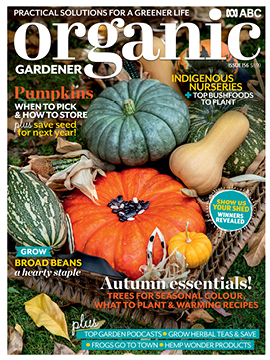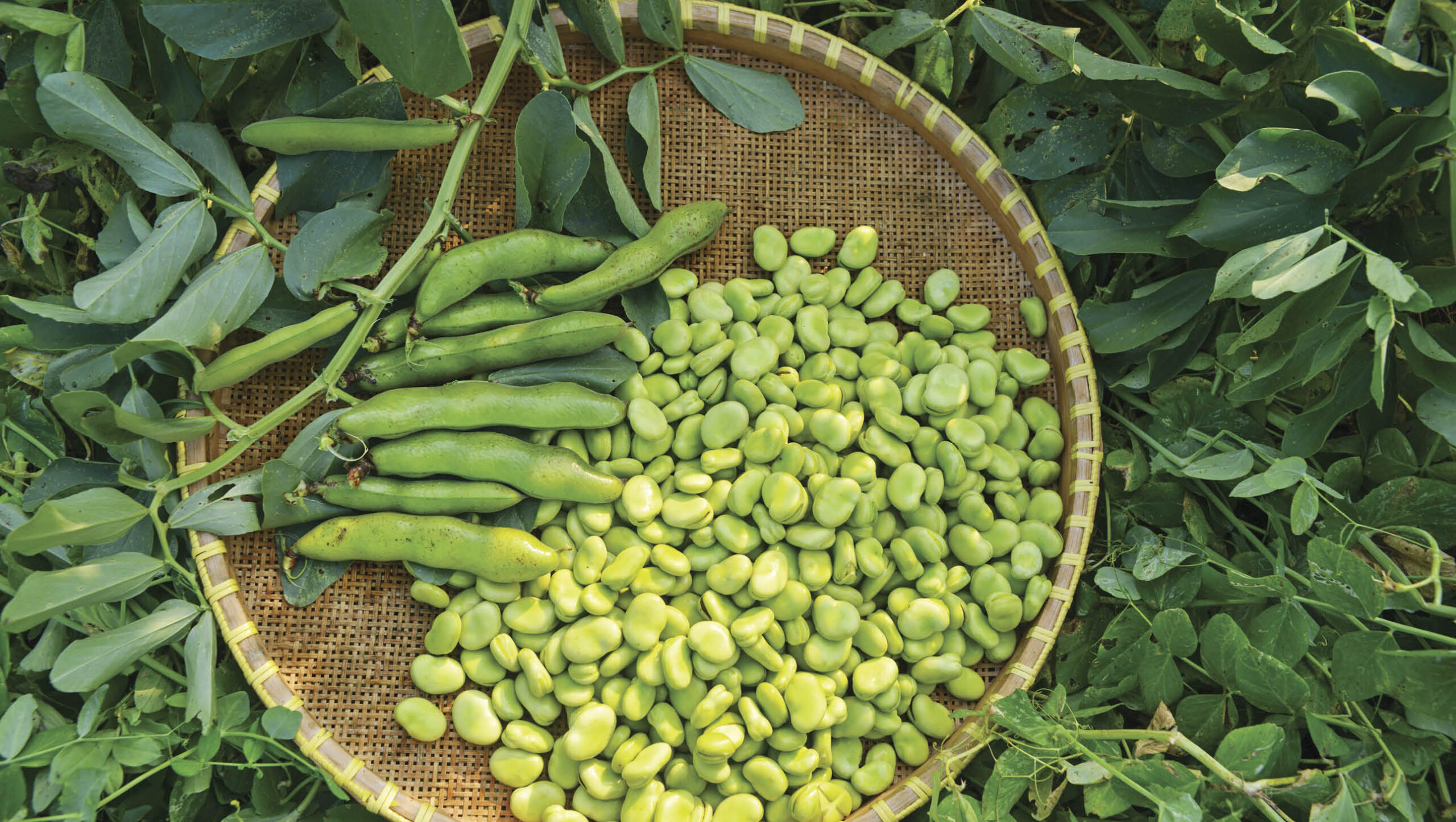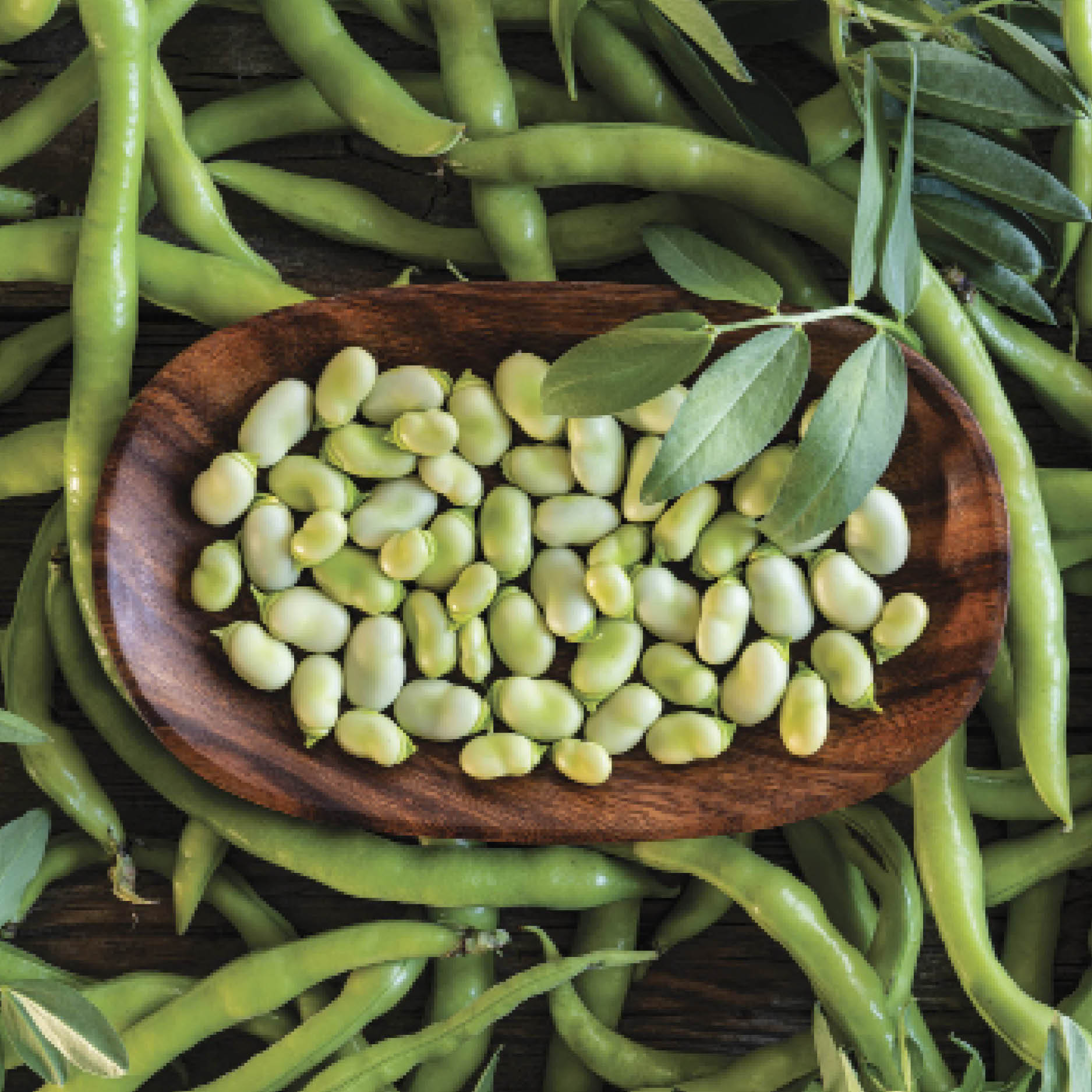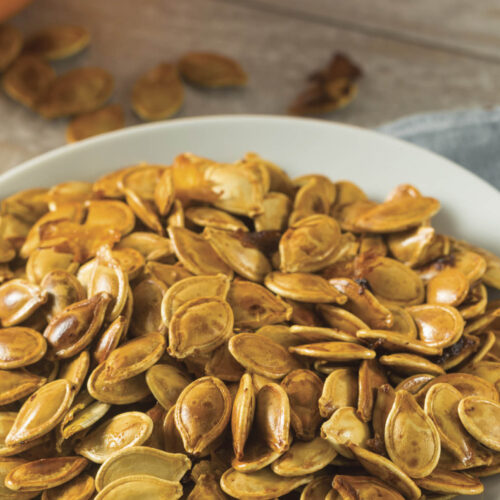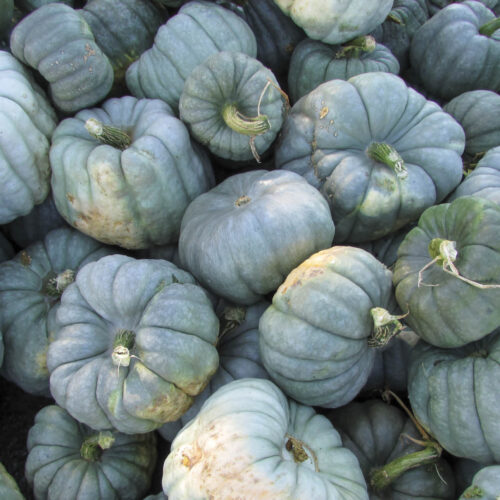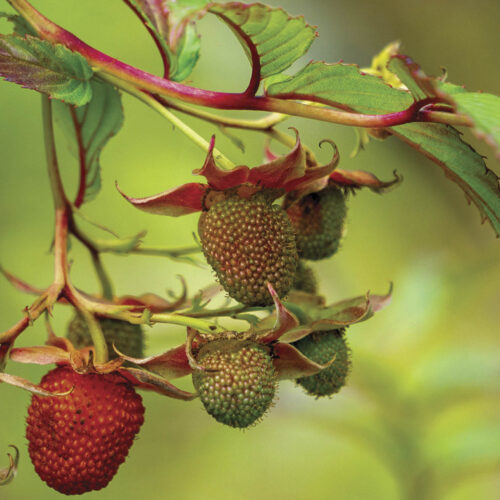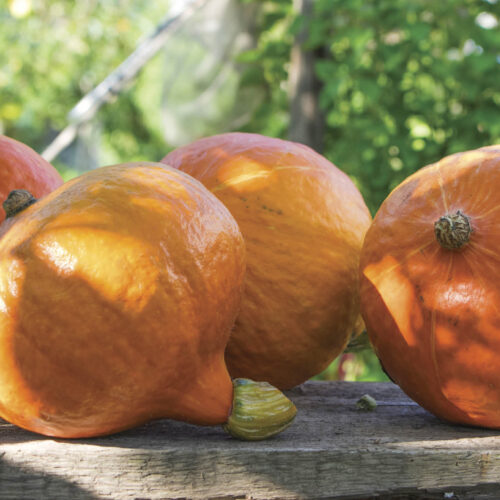Broad bean bounty
2025-04-02T16:05:57+11:00
Broad beans, also known as fava beans, are one of the oldest cultivated crops in the world. They are a valuable multipurpose plant for any backyard vegie patch.
Broad beans are easy to grow, and delicious to eat, as well having a clever ability to fix nitrogen in the soil. This makes them a valuable multipurpose plant for any backyard vegie patch: nourishing our bodies (being rich in plant-based protein and fibre) and feeding our soils as a green manure. Follow these growing tips for a healthy harvest.
Position
In temperate areas, plant in a spot that receives full winter sun all day (if possible); while in warmer climates, plants appreciate some afternoon shade.
Soil
While broad beans can tolerate heavy clay soils, they grow best in fluffy, well-draining soil. Mound soil or grow in raised beds filled with free-draining soil to prevent waterlogging. Prepare soil prior to planting by forking in compost, worm castings or the well-rotted manure of large animals (for example, cow, sheep, horse). While they have the ability to fix some of their own nitrogen, they will benefit from a little organic fertiliser, such as blood and bone and pelletised poultry manure, sprinkled as a side dressing after the seeds germinate.
Seed or seedlings
I recommend direct sowing seed rather than purchasing seedlings for a few reasons. First, broad bean seeds are large and easy to handle. Second, seeds are much cheaper to purchase, particularly if you are planting broad beans as a green manure – you can buy seeds in bulk very economically. Finally, sowing seeds directly in the soil means less work for you and less root disturbance for plants. Depending on your local temperature and conditions, seeds should germinate in around 1 week.
Watering
While broad beans are relatively drought tolerant once established, for optimal yields, water regularly and ensure plants never dry out around flowering and fruiting.
Spacing
When at full size, broad beans are large plants and each plant can have a number of wide, branching stems. Be careful to give plants adequate space when sowing seed; I aim for around 30cm between plants.
Support
Adequate staking is a key skill for growing broad beans. They are tall, lanky plants with brittle stems, and there is nothing more heartbreaking than finding plants snapped after a gust of wind. The easiest way I’ve found to give plants the support they need, is to drive a stake in each corner of your crop, and then run string around the outside, at three different heights. This saves the hassle of having to individually stake plants. As they grow, plants will also provide some support to each other – so don’t space them too far apart. Alternatively, you can also plant against a sunny fence or trellis.
Some broad bean varieties to try:
Aquadulce Translating to ‘sweet water’ in Spanish, this is a popular variety for its long, tender green beans with a sweet flavour. It’s high-yielding and relatively disease resistant, a great variety to grow if you’re just starting out with broad beans.
Coles dwarf An early-producing dwarf variety that grows less than a metre tall. You could get away without staking if planted in a sheltered location, or use this variety to minimise plant damage in windy locations.
Crimson Our personal favourite variety, with show-stopping deep red flowers that are stunning in a winter garden. Colourful and productive.
Chocolate An unusual variety with rich chocolate-brown coloured flowers that add an interesting garnish to dishes and desserts, while also producing broad bean pods.
You’ll find more information about growing broad beans in our Autumn 2025 issue (OG 156). Head here to get a copy delivered.
